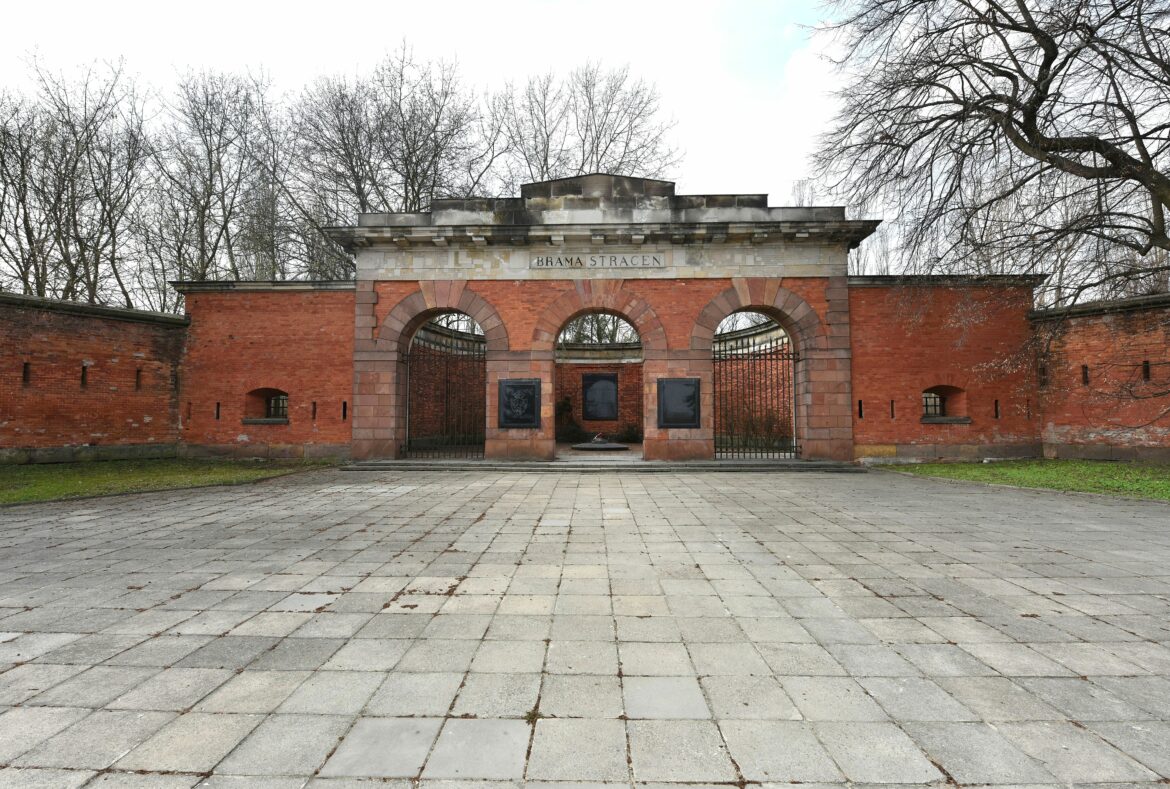After the suppression of the November Uprising in 1831, the Russian invaders decided to build a fortress in Warsaw. It performed all the characteristics of a citadel, becoming a symbol of tsarist oppression. It served to keep the people of the Kingdom of Poland in obedience, and especially to pacify any manifestations of the Polish independence movement. The fortress housed Pavilion X, the investigative prison, as well as 104 casemates and served as a place of execution.
The fortress was erected in 1834, during the reign of Tsar Nicholas I. The motivation of the Russians is well reflected in one of the textbooks on the so-called “permanent fortification”: “When revolt of the numerous and hostile inhabitants was feared in the newly-occupied cities, small fortresses, called citadels, were sometimes built, in which, in times of raised revolt, the garrison could be protected and could defend itself against the city. The utmost effort was made to build citadels in the highest part of the city, or on the river flowing beneath it in order to have access to the river and to be its master…”.
Although the Citadel, called Alexandrovskaya in the 19th century, was indeed built as early as 1834, it was constantly being modernised. The work was not finally completed until 1874. The total cost was 11 million roubles, or 128 million euros in today’s money. It was taken as a non-refundable loan from the City of Warsaw’s treasury and the Bank of Poland.
It is often stated in the literature that almost all prominent revolutionaries and independence activists from the Kingdom of Poland passed through the Citadel. During the period of intensification of these movements, it turned into a huge, overcrowded prison. The casemates were particularly overcrowded with political prisoners in 1863-1864 (the January Uprising) and in the years of the 1905-1907 revolution. In the northern caponier, the January Uprising insurgents spent their prison life, which is why the place was later called “the insurgents’ corner”.
The Śliwicki entrenchment, which has not survived to the present day, also has its own special history, as it was the location of the dispatch point to Siberia. It was here that the families bid farewell to the prisoners who were taken to exile in kibitka carts.
The place of execution was the slopes of the Citadel. For this purpose, gallows were erected nearby. Corpses were buried on the spot or in the moats, as well as on the slope of the Vistula embankment.
Between 5,000 and 16,000 soldiers were stationed in the Citadel. It never had a defensive function.





